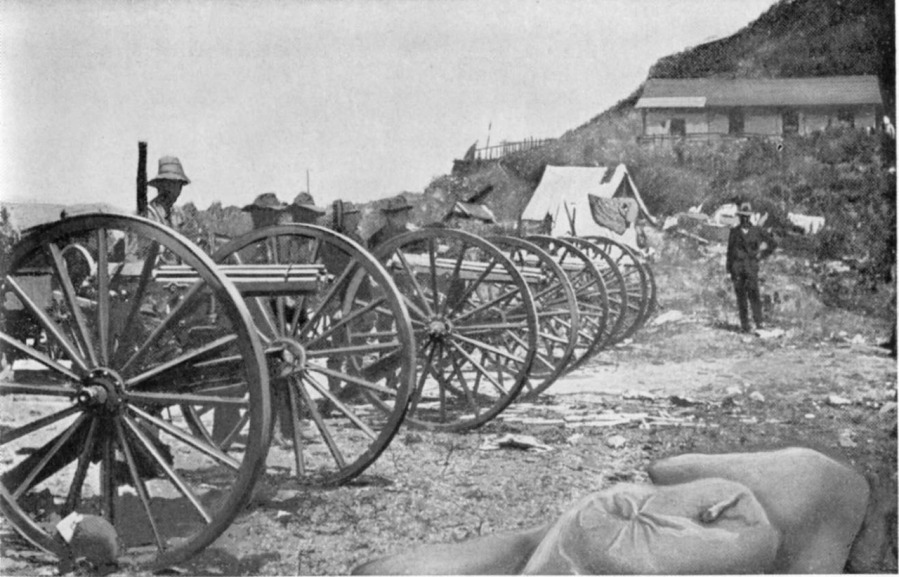Start of Reconciliation
July-September, 1863
July-September, 1863

Artist depiction of Confederate forces surrendering their colors
Following the dissolution of the Confederacy in early July the rest of the South not already subjugated fell to the North in rapid succession. The advancing Union armies wasted no time occupying the state capitals not already under their control. On their way Federal forces enforced the P.E.R.U, freeing hundreds of thousands of slaves in a matter of weeks. The State of Texas, which had remained basically free of Union troops during the war, was the last Southern state to be occupied. When Major General Sherman’s army arrived in the state capital of Austin at the end of July Sherman proclaimed that under the P.E.R.U all slaves in Texas were now and forever free. For this reason July 29th is often celebrated as Emancipation Day in many parts of the United States.
Throughout the South, the defeated Confederate forces were almost invariable paroled after their military munitions had been confiscated. The few exceptions were top military and political leaders such as Jefferson Davis who was arrested by Ulysses S. Grant’s forces as the former Confederate president was making his way through Mississippi. Davis would spend several months in prison before eventually being pardoned by President Lincoln. Davis, who was still immensely unpopular in the South for his conduct in managing the war, went into exile in Europe for the rest of his life. Jefferson Davis would die in London in 1873 of phenomena never having returned to the United States. Other former Confederate generals and politicians, such as Alexander Stephens, would spend short stints in prison before being released. Many of these leaders would be banned from voting or holding elected office for the rest of their lives.
In what would become known as Reconciliation, Lincoln outlined his top priorities for the post-war United States. First, the return of all Southern states still outside of the Union under his 10 percent plan. Second,ensure that the P.E.R.U is enforced in the Deep South. Third, complete the compensated emancipation of slaves in the Border States, Virginia, Tennessee, and Louisiana. Lastly, establish a new Homestead Act that would provide land grants to settlers, including freed slaves, in the western territories. It is also worth noting that with the war now over Lincoln began the movement of troops to the Rio Grande under Major General Sherman to send a message to the French forces, who had recently captured the Mexican capital, that their presence was not welcomed.

A Union victory parade in Washington D.C.
July, 1863
In the end, the American Civil War proved to be the costliest war in American history up to that time, resulting in an estimated 315,000 deaths both North and South. Property damage although significant was relatively light considering the scope of the war. Indeed of all Southern cities, Chattanooga stands out as the most damaged, while other major urban centers such as Richmond, Atlanta, and New Orleans emerged from the conflict relatively intact. Slavery was virtually destroyed by the war. The "peculiar institution" remained only in a strip of states in the center of the country, all of which had plans for complete emancipation within a few years.
Last edited:
































